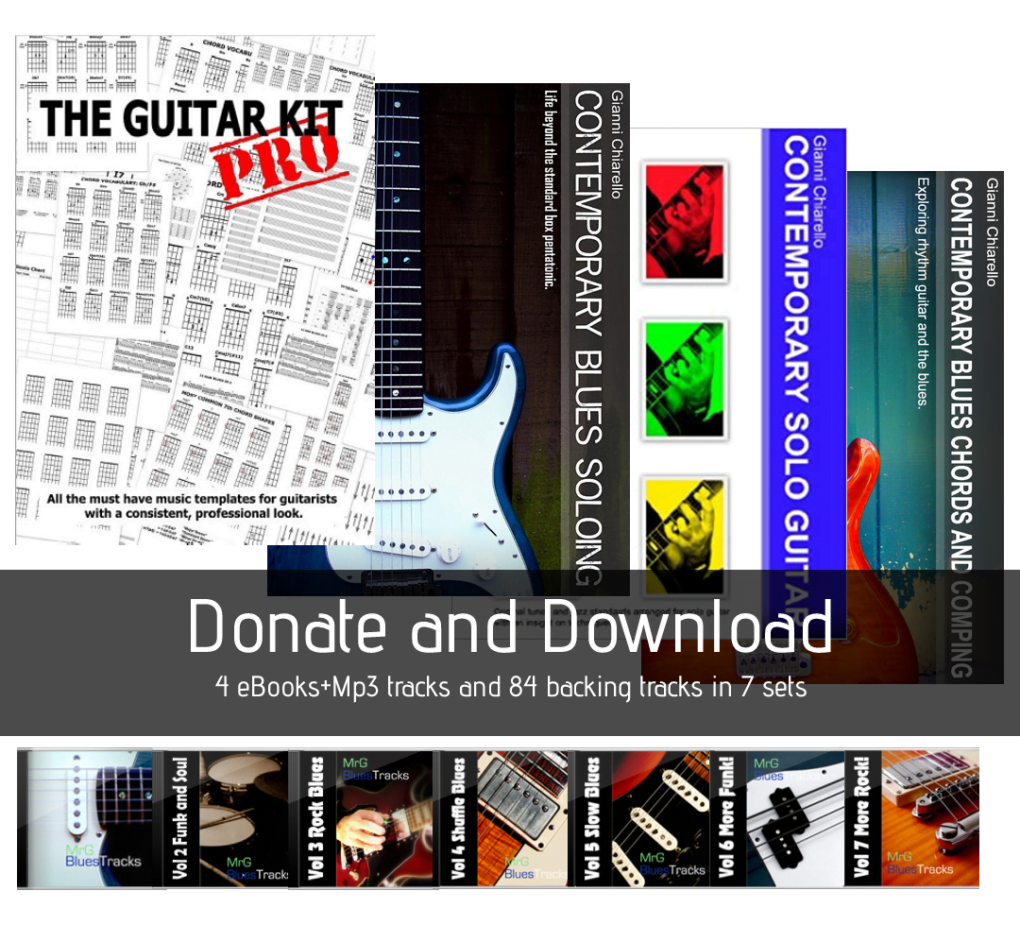Guitarists often find themselves confined within the boundaries of visual shapes and familiar patterns. These structures, like John Mayer’s concept of the equator and the five pentatonic shapes, serve as a solid foundation for beginners. Yet, at some point, many musicians yearn to break free from these constraints and explore the entire fretboard with their own unique voice.
Mayer’s notion of the equator, where the index finger frets the notes, is a starting point for transcending these traditional shapes. By shifting this shape three frets down, you move from the familiar minor pentatonic to the major pentatonic scale. It’s a simple shift that visually intertwines two fundamental shapes, offering a fresh canvas for improvisation.

The challenge arises when guitarists seek to move beyond these visual references and connect their ears directly to their fingers. It’s not about discarding these shapes; rather, it’s about adding depth to one’s musical repertoire. This quest for musical expansion births a simple yet effective exercise: starting phrases from different fingers.
Imagine playing the same musical phrase but beginning it with your index finger, then your middle, followed by your ring finger, and finally, your little finger. This exercise extends beyond playing scales; it’s about weaving phrases across the fretboard, breaking away from the habitual fingerings and visually mapped patterns.
The essence lies in nurturing a connection between your ears and the fretboard. Music stems from the soul and the ears, not just from what’s visually seen on the fretboard. It’s about training the mind and fingers to work harmoniously, irrespective of the predetermined shapes.
For instance, take a simple R&B phrase and start it from different fingers. Notice how each starting point takes you to a different area of the fretboard, unleashing a range of musical possibilities. It’s this exploration that liberates guitarists from the shackles of visual dependency.
Adopting this practice might initially seem daunting, especially with wider gaps in pentatonic scales. However, persisting with phrases rather than scales eases the transition. Start with familiar phrases and gradually explore how each can be played from different starting fingers.
This exercise doesn’t discard what you’ve learned; instead, it enriches your musical vocabulary. Some phrases may not seamlessly fit this method, but you’ll be astonished at how many effortlessly adapt. Over time, this approach reshapes your understanding, breaking habitual patterns and propelling your creativity to new heights.
In a world where the guitar’s fretboard can become a maze of shapes, this exercise serves as a beacon, guiding you towards a deeper connection between your musical instincts and your instrument.

